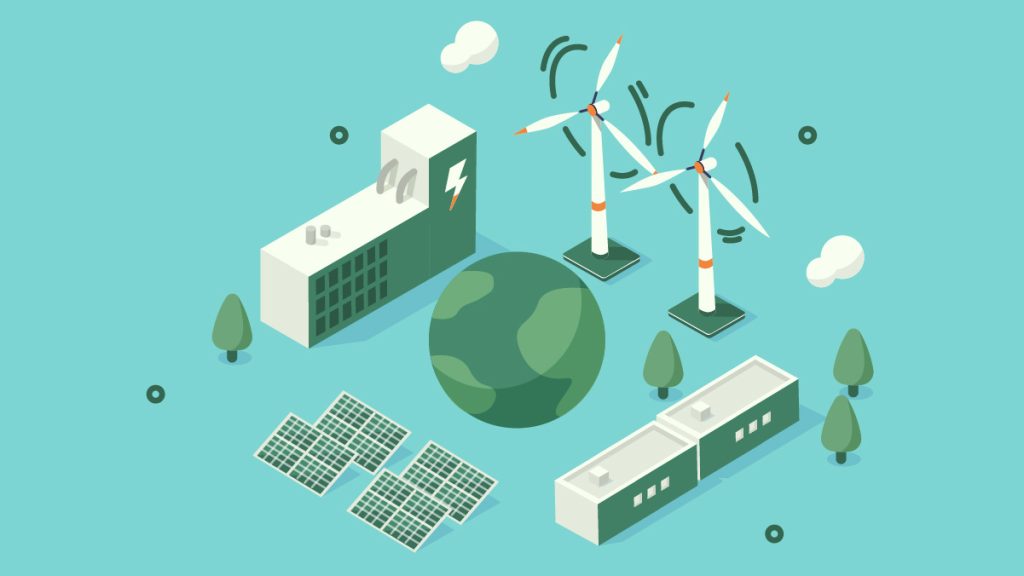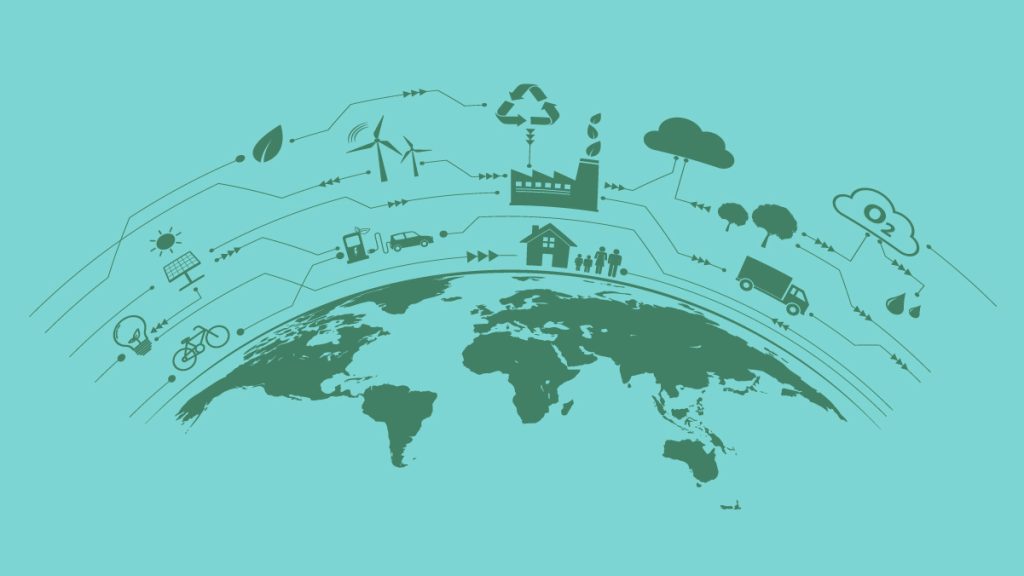
Climate Change has been a conundrum facing Humanity for a long time now. While some like to deny it exists, we should not waste time convincing them. The world needs society to step up and try to salvage our home planet before it is too late. Humanity should sustainably use all the tools it has to help provide a better world for future generations. While many grand ideas are thrown around to put Humanity in space, we neglect our home planet. It needs to be saved before it is too late.
Understanding Climate Change
Carbon dioxide (CO2), methane (CH4), and nitrous oxide (N2O) are three examples of “greenhouse gases” (GHGs) that have significantly increased in concentration in the atmosphere over the past 150 years. Other industrial GHGs include hydrofluorocarbons (HFCs), perfluorocarbons (PFCs), and sulfur hexafluoride (SF6). By trapping heat in the atmosphere, greenhouse gases contribute to climate change by raising the planet’s average temperature. In turn, this modifies global air and current ocean flows, precipitation patterns, and intensity, which directly or indirectly impact the climate (defined as the average weather in a region over several decades.)
Moreover, GHG emissions from numerous human activities are the primary causes of the increase of GHGs in the atmosphere. Studies demonstrate a recent increase in worldwide GHG emissions, measured in “CO2 equivalent” tons, which accounts for variations in the ability of other gases to trap heat relative to carbon dioxide (Study IPCC, 2007). The primary culprit is CO2, produced when fossil fuels are burned (petroleum, coal, and natural gas, composed mainly of carbon and hydrogen). Energy consumption is responsible for around 85% of all GHG emissions because it produces some non-CO2 GHGs, especially CH4 and N2O.
What Has To Be Done
In 1992, The United Nations Framework Convention on Climate Change( UNFCCC), has set international policy goals to battle climate change. Leaders of global climate science conducted scientific research to understand the links between human activities and toxic effects on the climate. The increase in atmospheric concentration, GHG emissions, and global temperature rise. All these changes need to be studied to understand their environmental impact.
Furthermore, based on the current scientific data, global climate specialists agree that Humanity should limit the temperature increase to only 2 degrees Celsius to prevent dangerous outcomes from further increases in global temperature. To achieve such levels, actions to stabilize GHG at levels slightly higher than the current ones. Reducing global GHG from 50 percent to 80 percent by 2050.
Humanity’s technological challenges to overcome to meet such needs are formidable. Studies in the United States show that there is no particular solution or single road toward achieving significant reductions in GHG emissions. Different models give answers based on various hypotheses about sustainable technologies’ future availability and cost. All changes, however, showcase the need for drastic improvements in the energy system to stop climate change.

How Technology can Sutainably help
Our current era is a fascinating period for climate technology. The question on many people’s minds following the conclusion of COP26 is not whether we should use technological solutions to combat climate change. But which appear to be most promising and how we might hasten their adoption to help reduce emissions.
Innovative e-logistics systems like Kobo360 and mobility apps like Bolt just announced a new agreement to boost the adoption of electric vehicles, assisting in reducing transportation emissions. On the other hand, In food and agriculture. We examine several innovations that promise to sustainably lower greenhouse gas emissions through improved farming practices and decreasing food waste. Apeel, for instance, has created a plant-based coating that can increase the shelf life of fruits and vegetables, reducing food waste and the requirement for refrigeration and plastic packaging.
Additionally, Apeel examines the DNA of the soil to assist farmers in enhancing bio-fertility, preventing pests and diseases, and applying pest control methods that are less harmful to the environment and increase yields. These are perfect examples of how current technologies sustainably fight climate change.
Finally, innovative decarbonization technologies are advancing and making a breakthrough in developing clean, dependable energy sources and zero-emission manufacturing. Take steel production, for example. It is one of the most demanding sectors to decarbonize and now makes up 8 percent of global carbon emissions. By commercializing an innovative, emissions-free process for steel production, Boston Metal, a portfolio firm of one of our strategic VC fund managers, The Engine, is changing the game sustainably.
Not An Easy Task
The road is not all rosy. Obstacles still oppose these technologies, also referred to as deep tech. Such technologies require exceptionally complex research, data, and development processes. They also need an intricate revenue model to scale and fund such colossal operations. Unlike digital startups, the path to scale such deep tech can take ages, requiring patience and risky investments. Private and public sectors should unite to take a leap of faith and trust the process. With proper backing, deep tech can sustainably fight climate change and give Humanity a chance to reverse what it did to the earth.
The process is not linear. We should not expect Technology to fix all our issues magically. What plagued the earth for years and years can not be erased in months or even years. Leaders should trust Technology, and with each milestone made, the incentive and the support should vary to adapt to the need of the specific time of the process. Investors should not throw money at researchers and specialists and expect them to magically and sustainably transform the world.
Concluding Thoughts
Climate change is a shadowy figure slowly following Humanity with each step it takes. What is the point of each leap we take forward while our future generations’ doom is staring us in the eye? We need to allow Technology to help us win back earth sustainably. Instead of dreaming of colonizing planets, Humanity should humbly look at their feet and realize that the land they stand on needs them the most.
Inside Telecom provides you with an extensive list of content covering all aspects of the tech industry. Keep an eye on our Impact section to stay informed and up-to-date with our daily articles.